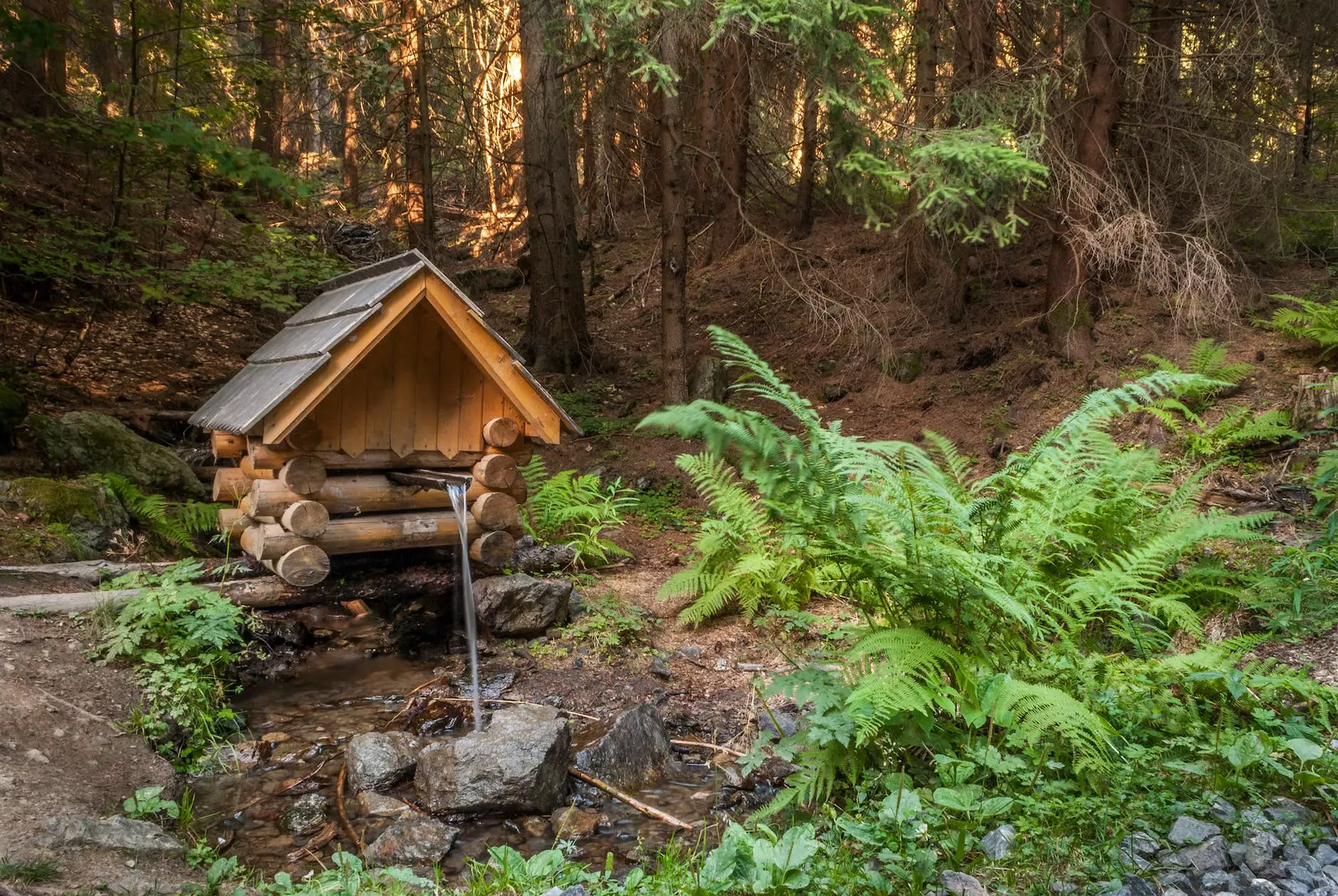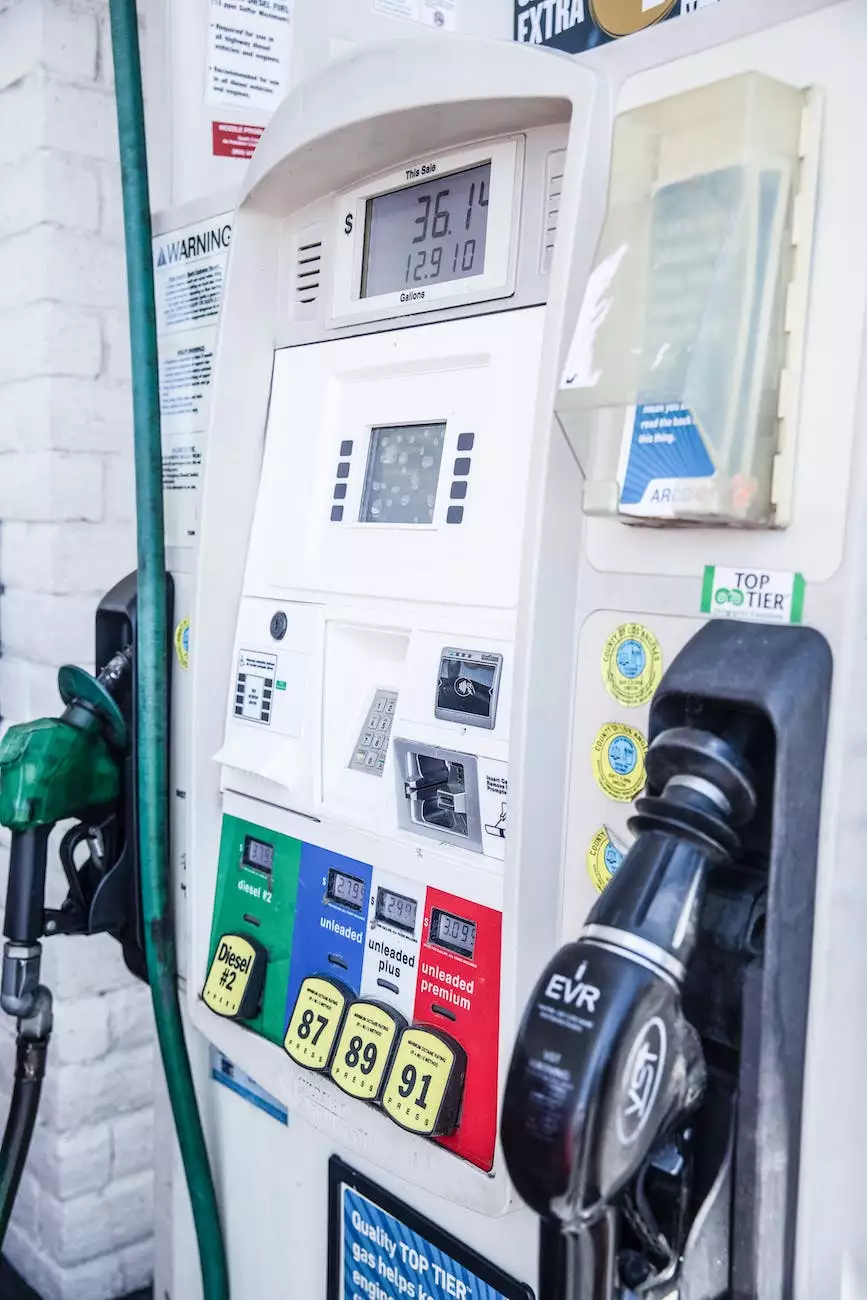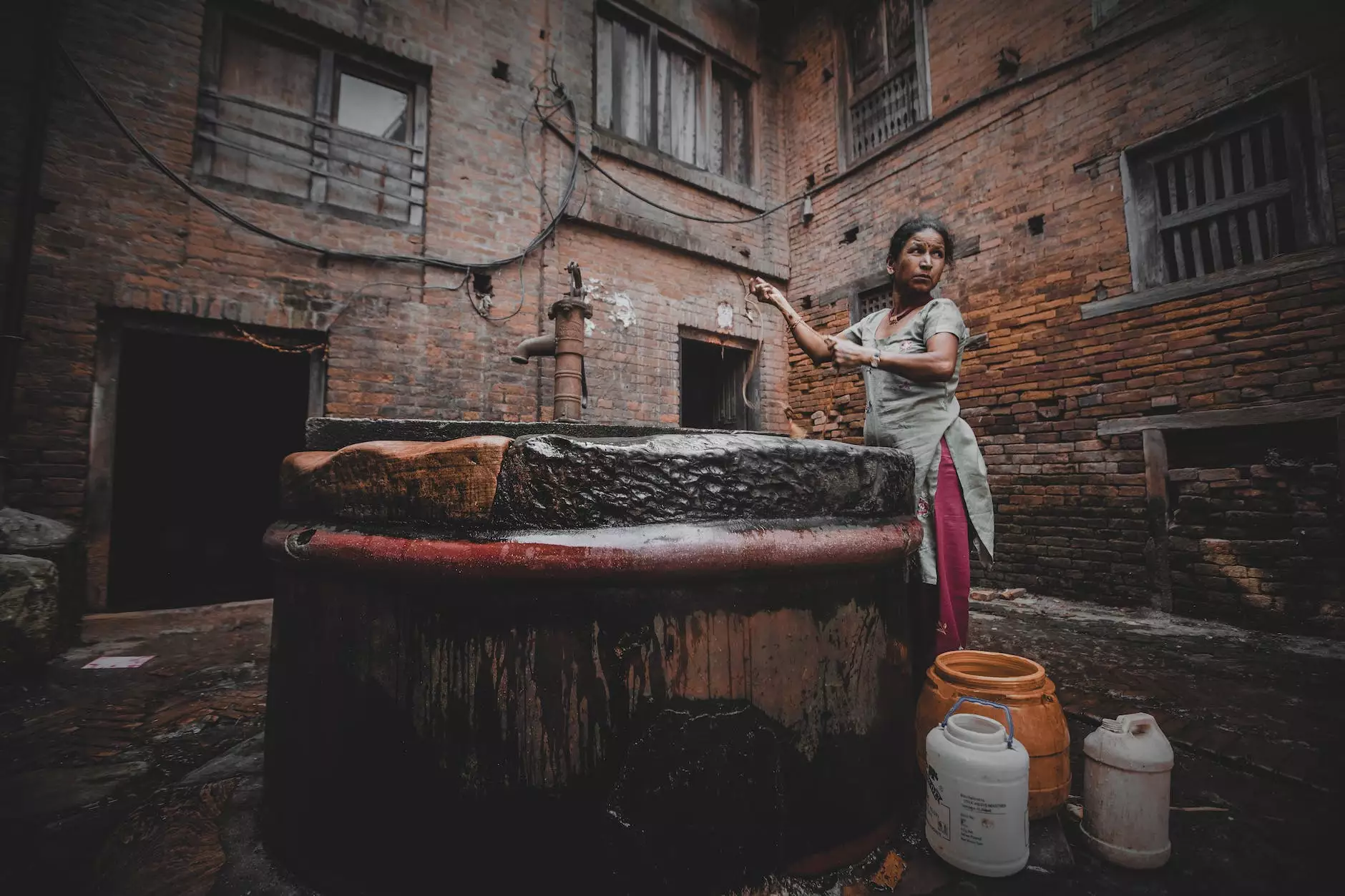How to Keep Your Well from Freezing
Well Pump
Introduction
Winter can pose various challenges for well owners, especially in regions like Northeast Florida where temperatures can drop unexpectedly. Frozen well pipes and equipment can disrupt the water supply, causing inconvenience and potential damage.
At Parrish Well Drilling, we understand the importance of maintaining a well-functioning well system even during the coldest months. In this comprehensive guide, we will provide you with essential tips to prevent your well from freezing. Follow these recommendations to safeguard your water supply and avoid any costly repairs.
Understanding the Risks
Before delving into preventive measures, it's important to understand the potential risks associated with freezing wells. When the temperature drops below freezing, water within the well pipes and equipment can turn into ice, leading to blockage and rupture. This hampers the water flow, damaging the well system and potentially contaminating the water supply.
Factors that can increase the risk of freezing include:
- Shallow well depth
- Inadequate insulation
- Exposed or poorly insulated pipes
- Inefficient heating equipment
- Power outages
Preventive Measures
1. Insulate Your Well and Pipes
Proper insulation is crucial in protecting your well system from freezing temperatures. Insulate your well casing using insulating blankets, which can help retain heat. Additionally, insulate exposed pipes using pipe sleeves or heat tape to prevent them from freezing. Pay special attention to areas vulnerable to cold drafts, such as pipe joints and connections.
2. Install a Well House or Enclosure
A well house or enclosure can provide an extra layer of protection for your well system. It shields the components from direct exposure to cold air and harsh weather conditions. Ensure the structure is properly insulated and well-ventilated to prevent moisture buildup.
3. Use Heat Sources and Insulated Heat Cables
Consider installing a dedicated heat source, such as a well pump heater, to keep the water temperature above freezing point. This helps prevent ice formation within the well system. In addition, utilize insulated heat cables along vulnerable parts of the well pipes to provide continuous heat and prevent freezing.
4. Regularly Monitor and Maintain
Regularly inspect your well system for signs of wear, leaks, or damage. Be vigilant during cold weather and look out for any changes in water pressure or unusual noises. If you notice any issues, promptly contact a professional well drilling service like Parrish Well Drilling for immediate assistance.
5. Disconnect and Drain Outdoor Hoses and Sprinklers
Before freezing temperatures arrive, disconnect and drain any outdoor hoses, sprinklers, or other water-related equipment. Stagnant water can freeze and cause damage to the equipment and nearby pipes. Store these items in a warm and dry location until spring.
6. Keep the Well Cap Insulated
The well cap is an integral part of your well system that prevents contaminants from entering the water supply. Ensure the well cap is properly insulated and airtight to prevent cold air from seeping in. Consider adding an additional layer of insulation around the well casing to further protect against freezing.
Conclusion
Protecting your well system from freezing is essential to maintain a reliable water supply throughout the winter months. By implementing these preventive measures, you can minimize the risk of frozen pipes and equipment, as well as avoid costly repairs.
Remember, if you require professional assistance or have any concerns about your well, the expert team at Parrish Well Drilling is here to help. Contact us today to schedule a comprehensive inspection or for any well-related services you may need.










